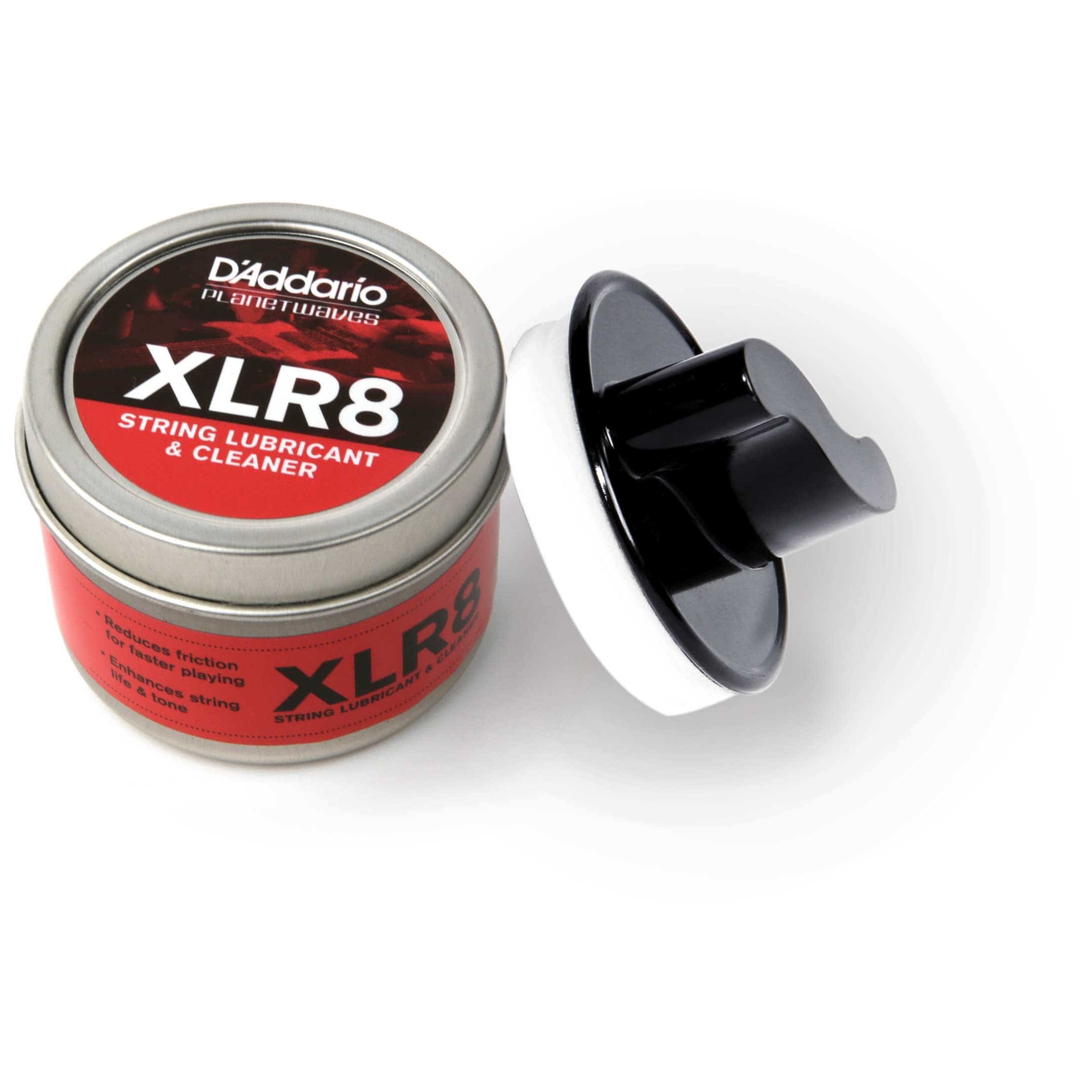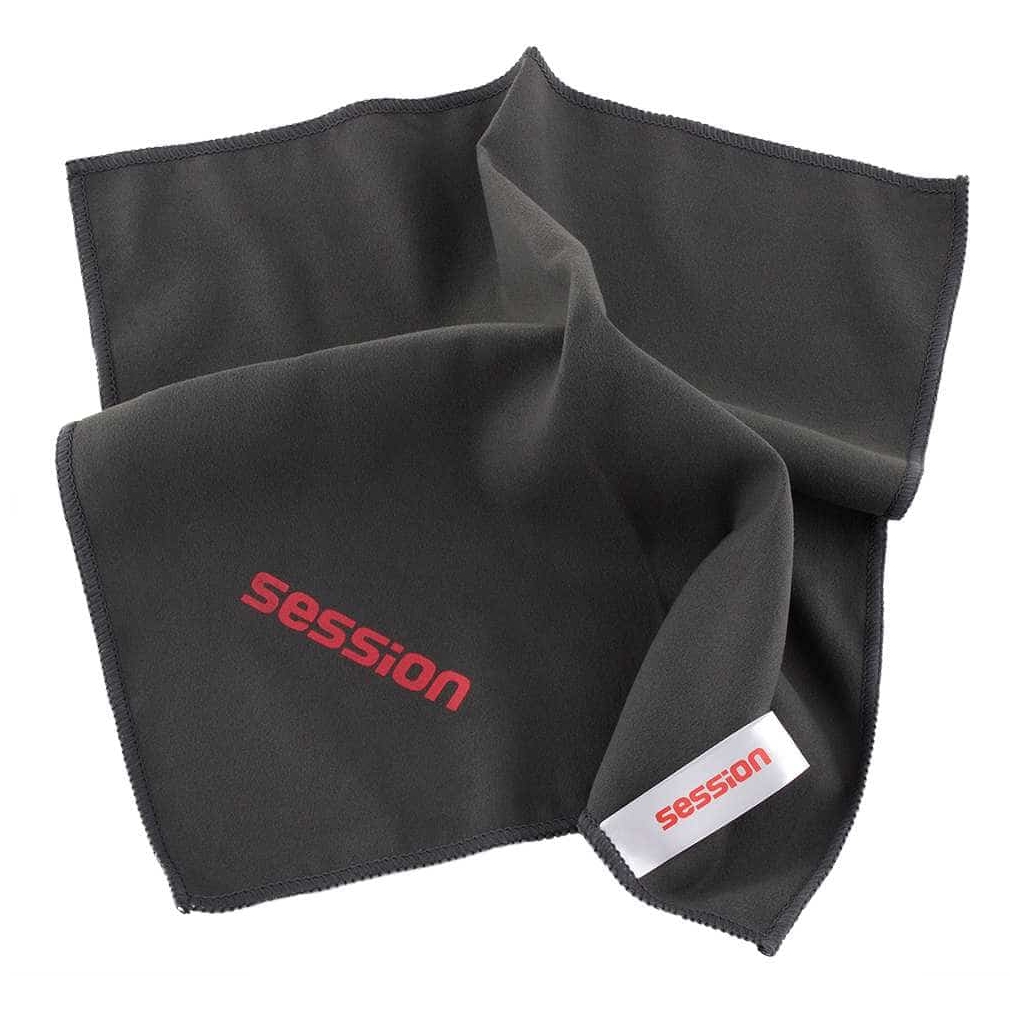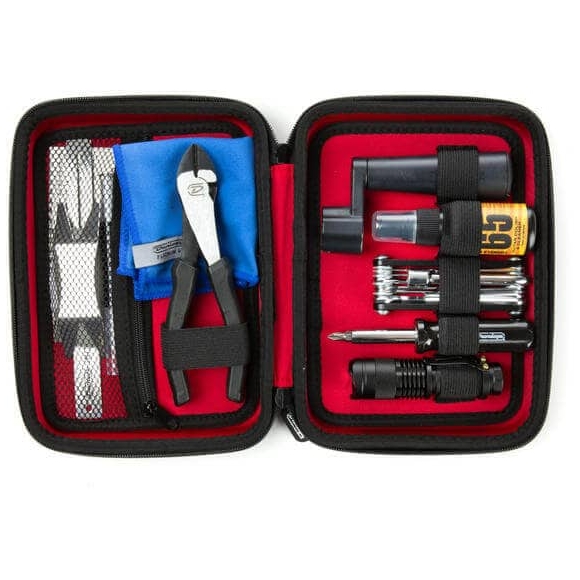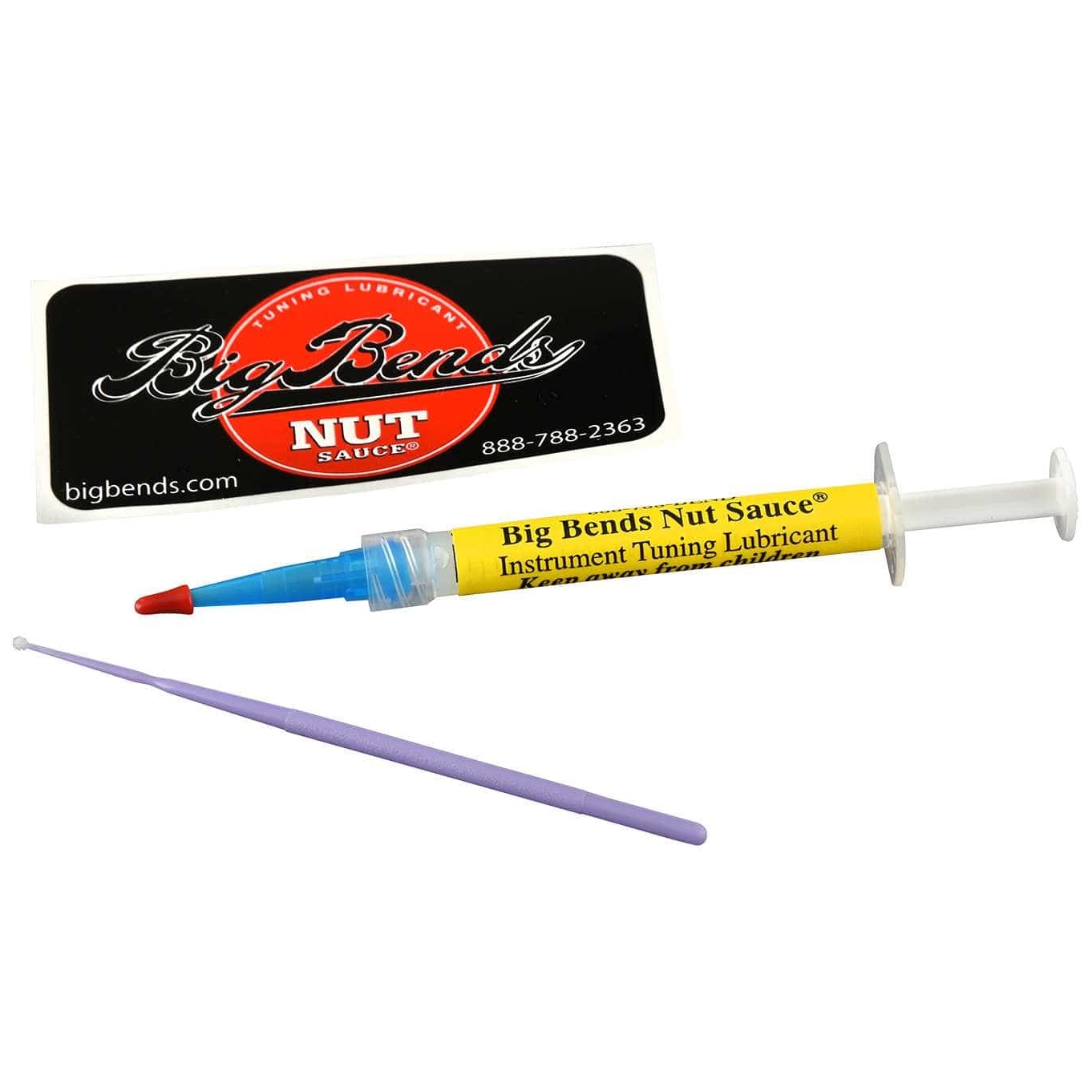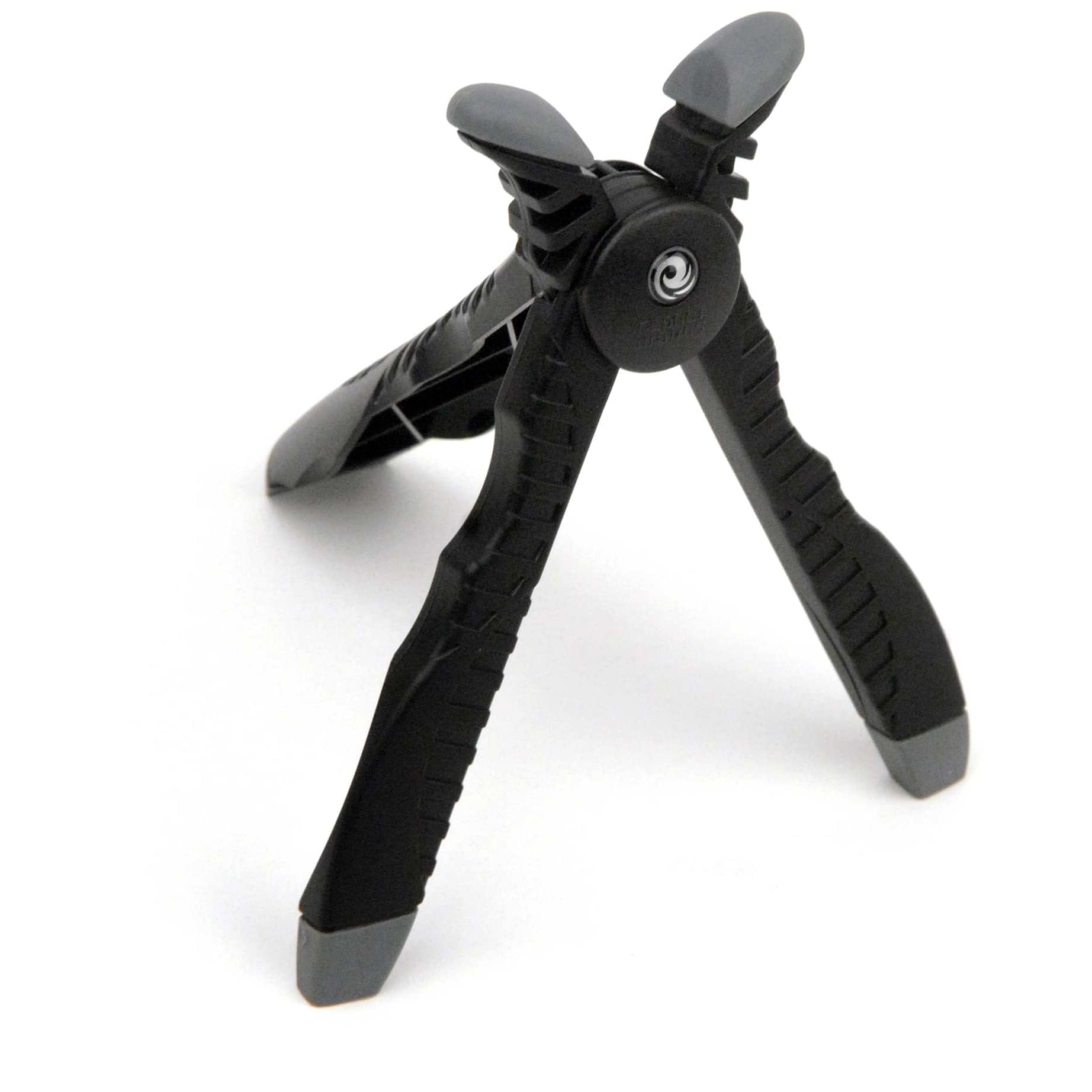Electric guitar necks in detail
The guitar neck – this is where the fingering takes place and where most of the sound is created. A comfortable neck is therefore absolutely crucial for a pleasant playing feel and the resulting sound. You can find out everything you need to know about the guitar neck and everything around it in our guides here.
The fretboard radius
When the first electric guitars came onto the market, they were made with a curved fretboard because this form supports the natural fretting movement . On old Fender guitars, the radius of this curvature was 7.25 inches. However, since the playing techniques have changed since then, the problem of outfretting was encountered, for example when bending was sometimes excessive. This occurs when, when the string is bent, i.e. pulled, it hits the fret through the curvature of the fretboard and the sound is essentially stifled.
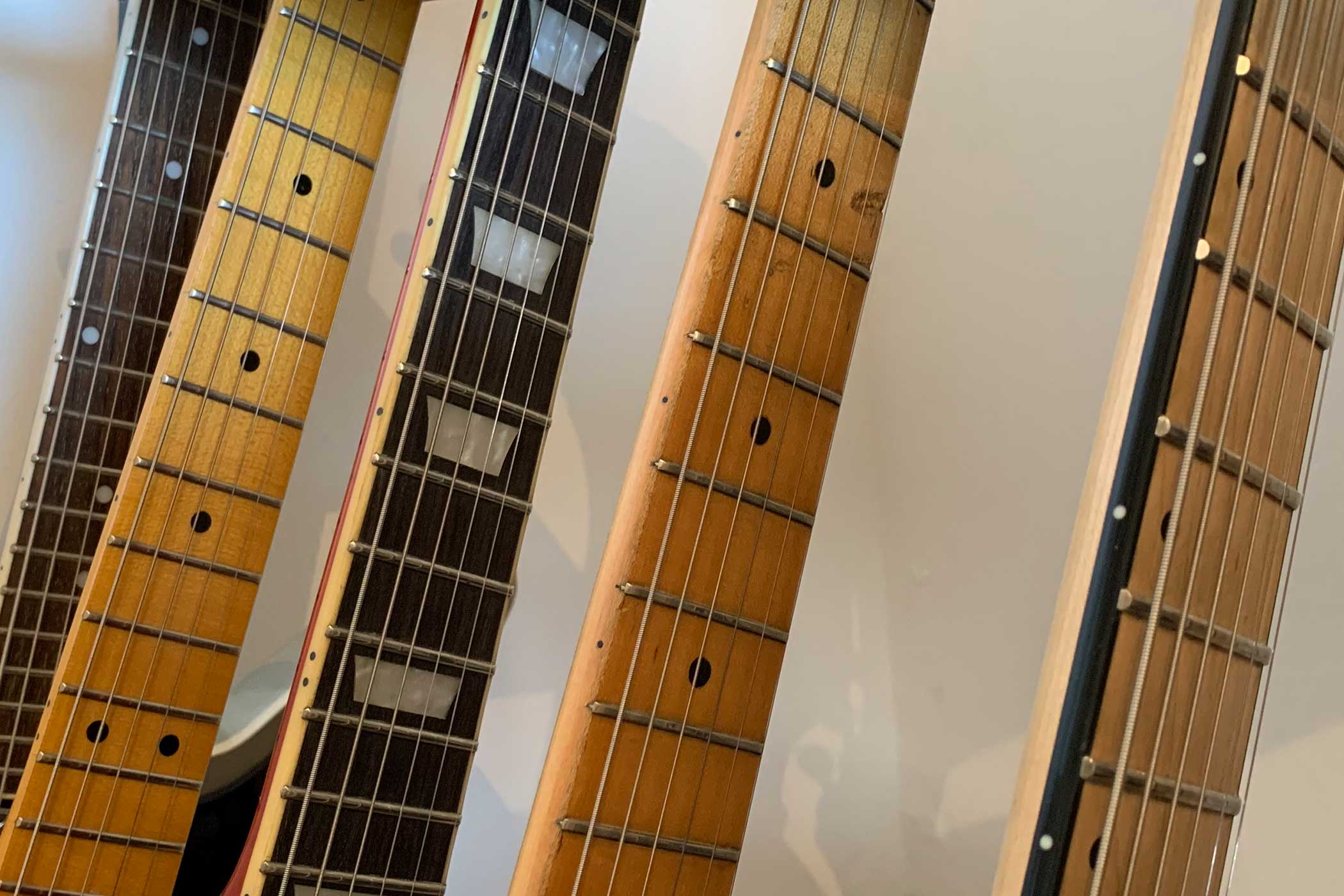
To get around this problem, Fender soon used a fretboard radius of 9.5 inches, while Gibson had always used 12 inches. The so-called compound radius combines the best of both worlds. This means that the fretboard radius is slightly flattened from the lower frets, where chord playing usually takes place, to the higher frets, where soloing takes place, in order to combine better playability with a pleasant playing feel .
When shredding emerged in the 1980s, even flatter fretboards with radii of 12 to 14 inches became popular as they offered better properties for fast playing and new techniques such as tapping. The radius options of the built-in tremolo also determine the fretboard radius of the respective guitar.
The electric guitar neck in specialist talk
In the video below, our guitar guru Olli explains the whole theme of “guitar neck” again in detail and in color / finish. Click in now and get smart!
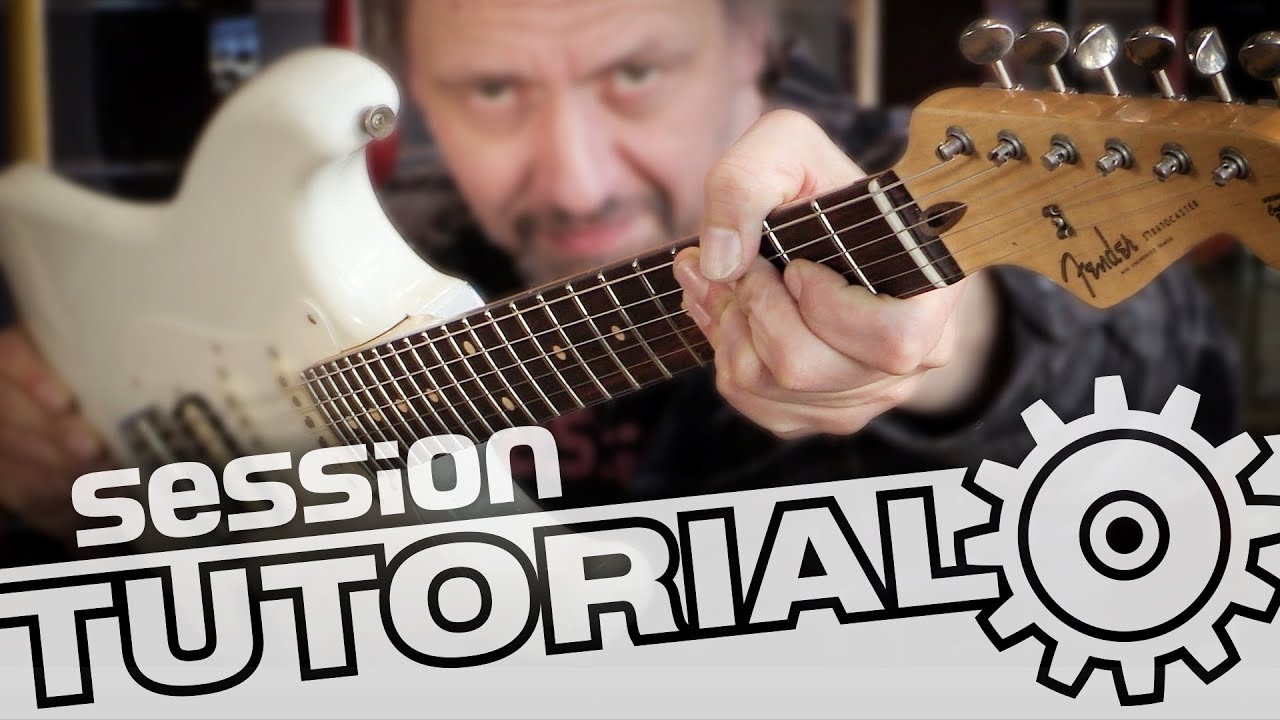
The neck shape
There are now various variations in the form of the guitar neck, which are linked to changes in playing style and technology. With regard to the width, which is measured at the saddle, with a few exceptions, the electric guitar world has settled on 42 (Fender) or 43 (Gibson) millimeters. neck shaping, however, refers to the curve of the back and is usually indicated in capital letters that visually resemble the form . This goes from U to C and D to V profiles.

Classic electric guitar models tend to have rounded neck shapes , and many blues guitarists also appreciate this neck shape because it promotes playing techniques in which the thumb reaches over the fretboard from above. Modern guitar necks often have a rather flat neck profile , as with the corresponding playing techniques the thumb often does not rest on the upper back of the neck, but is pressed straight onto the middle of the back of the neck.
When it comes to the form of the neck, personal preference ultimately decides, so we strongly recommend testing and handling different guitar necks.
Why session?
Items from our huge range of in-stock items are usually dispatched the same day!
Pampering products for your guitar neck
Now that you have learned a lot about guitar necks, their radii and shapes, we would like to recommend a few wellness products for care . Patina or not: Only a well-groomed neck can be gripped and played optimally :-)
 Trusted Shops: 4.84/5,00 (10085)
Trusted Shops: 4.84/5,00 (10085)


